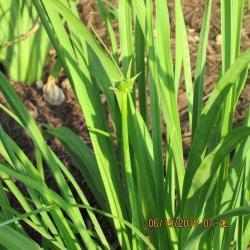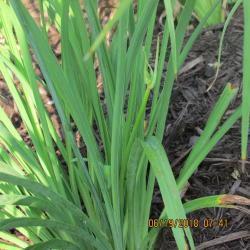@Seedfork
Instant rebloom based on whether the two flowering scapes have overlapping flowering times or not is likely to be due to growing conditions, that is environmental. So a cultivar might show rebloom in some growing seasons and instant rebloom in other growing seasons depending on temperatures, rainfall/watering, diseases, weeding, division, fertilizing, etc. over two growing seasons.
Instant rebloom that is caused by two scapes being produced in succession without an intervening vegetative flush of growth (leaves) is likely to be genetic and a more stable characteristic of the cultivar/plant.

